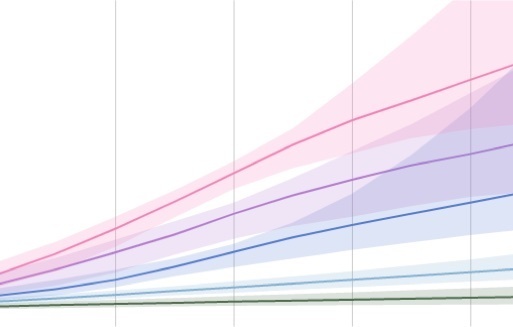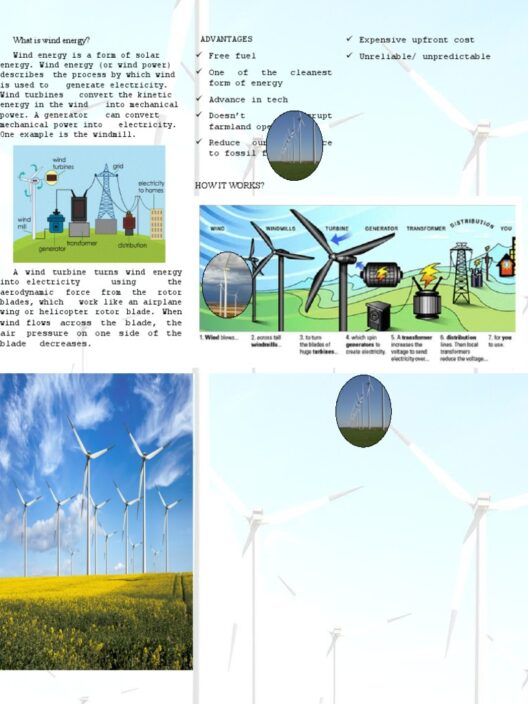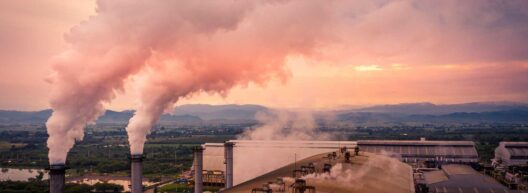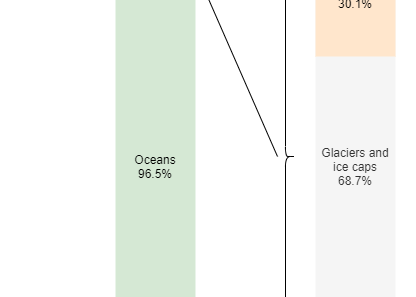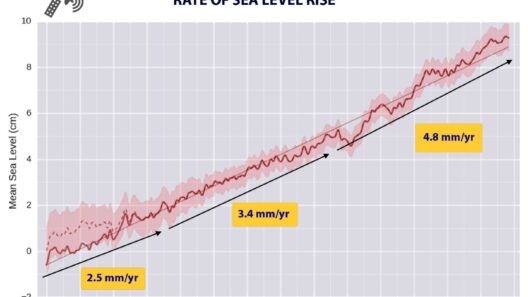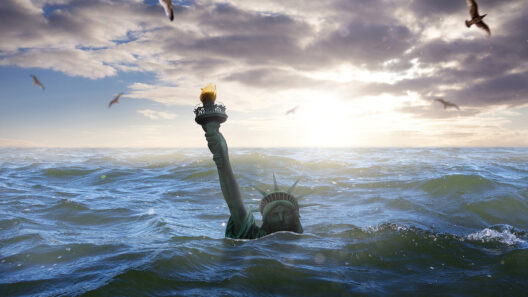Understanding the dynamics of sea level change is not just a scientific inquiry; it is an exploration into the very fabric of our environmental existence. The ocean, holding more than 97% of Earth’s water, is a complex system influenced by a multitude of factors. Recent decades have shown a pronounced trend: sea levels are rising, and this phenomenon has captivated scientists, environmentalists, and policymakers alike. But what does this really mean for the planet and its inhabitants?
As we delve deeper into the intricacies of this issue, we will uncover the driving forces behind the changes in sea level and explore how global trends manifest unique challenges and opportunities for coastal communities, ecosystems, and the world at large.
From Melting Ice Caps to Thermal Expansion: The Mechanisms Behind Rising Sea Levels
At the heart of rising sea levels are two principal mechanisms: the thermal expansion of seawater and the addition of water from melting ice masses. Thermal expansion occurs when water heats up, increasing its volume. As global temperatures rise—largely due to anthropogenic emissions—seawater absorbs heat and subsequently expands. This physical phenomenon means that even modest increases in temperature can contribute significantly to rising sea levels.
Simultaneously, the melting of polar ice caps and glaciers adds fresh water to the oceans. The Greenland and Antarctic ice sheets contain vast quantities of frozen water. Their instability, exacerbated by climate change, raises profound concerns. As these ice masses shed their ice, not only does the volume of water in the oceans increase, but the reflective surface of ice diminishes, allowing for even greater absorption of solar energy by the darker ocean waters. This is known as the albedo effect, further propagating the cycle of warming.
The Intersection of Natural Variability and Human Influence: A Complicated Equation
Sea level rise is not a linear phenomenon; it is influenced by both natural variability and human activities. Natural events, such as El Niño and La Niña, play a significant role in short-term fluctuations in sea level. Yet, the overarching trend has become increasingly clear: human influence on the climate system amplifies these natural processes.
For instance, coastal regions are witnessing more pronounced effects due to local factors, including subsidence—where land sinks due to natural processes or human activity—compounded with the global rise in sea levels. This complicates the narrative, as areas once deemed safe may now be at risk, and traditional methodologies for measuring sea level change must factor in these various influences.
Global Trends and Local Impacts: A Tale of Woe and Resilience
The rising tide paints a global picture of change, yet its impact is intensely local. Different regions exhibit varying rates of sea level rise, influenced by geographic, climatic, and hydrological factors. For instance, the U.S. East Coast experiences rates of sea level rise higher than the global average, primarily due to a combination of land subsidence and ocean currents.
Asia’s coastal megacities face dramatic challenges, where vast populations reside in low-lying areas already vulnerable to flooding. Urban planning and infrastructure must adapt to increasingly recurrent flooding events, which strain resources and challenge social stability. Adaptation strategies should not merely focus on immediate solutions but pave the way for sustainable long-term resilience. Innovative designs, such as floating structures or enhanced coastal buffers, could dramatically shift how we engage with our environments.
Moreover, ecosystems that thrive along coastlines—like mangroves, salt marshes, and coral reefs—are under siege. Rising sea levels threaten these habitats, leading to loss of biodiversity and essential ecosystem services that provide natural barriers to storm surges and erosion. The demise of these environments actuates a cascade effect across the entire ecological network, impacting fisheries, tourism, and even carbon capture potential.
Empowering Communities Through Knowledge and Action: The Road Ahead
As the realities of rising sea levels loom, it is paramount that communities are equipped with knowledge and resources to respond. Education and awareness create informed citizens who can advocate for policies that prioritize sustainable practices and rectify the imbalance wrought by previous neglect.
Investments in renewable energy, reforestation, and sustainable land-use practices can empower communities. Local governments should not merely react to sea level rise but proactively seek innovative solutions that incorporate community voices in the decision-making process. Grassroots movements have the power to scale up and effect change through localized celebrations of culture and environment, forging pathways to greater resilience.
The implications of the question “Is sea level rising?” extend beyond scientific curiosity; they concern humanity’s fundamental connection to nature and our future survival. As we confront uncertainty, one truth remains indisputable: a collective shift in perspective is essential for adapting and thriving in our changing world. The ongoing dialogue around sea level rise serves as a reminder of our shared responsibility to the planet and to one another. Our choices today will reverberate through time, creating legacy—indeed, it is an invitation to not only act but to imagine a future where humanity thrives in harmony with its environment.



